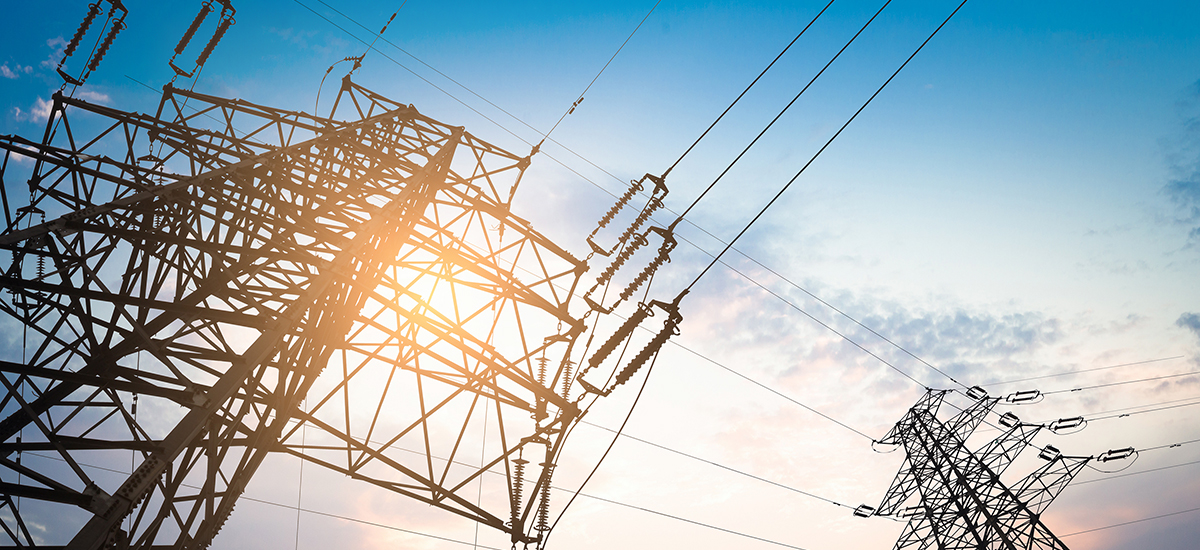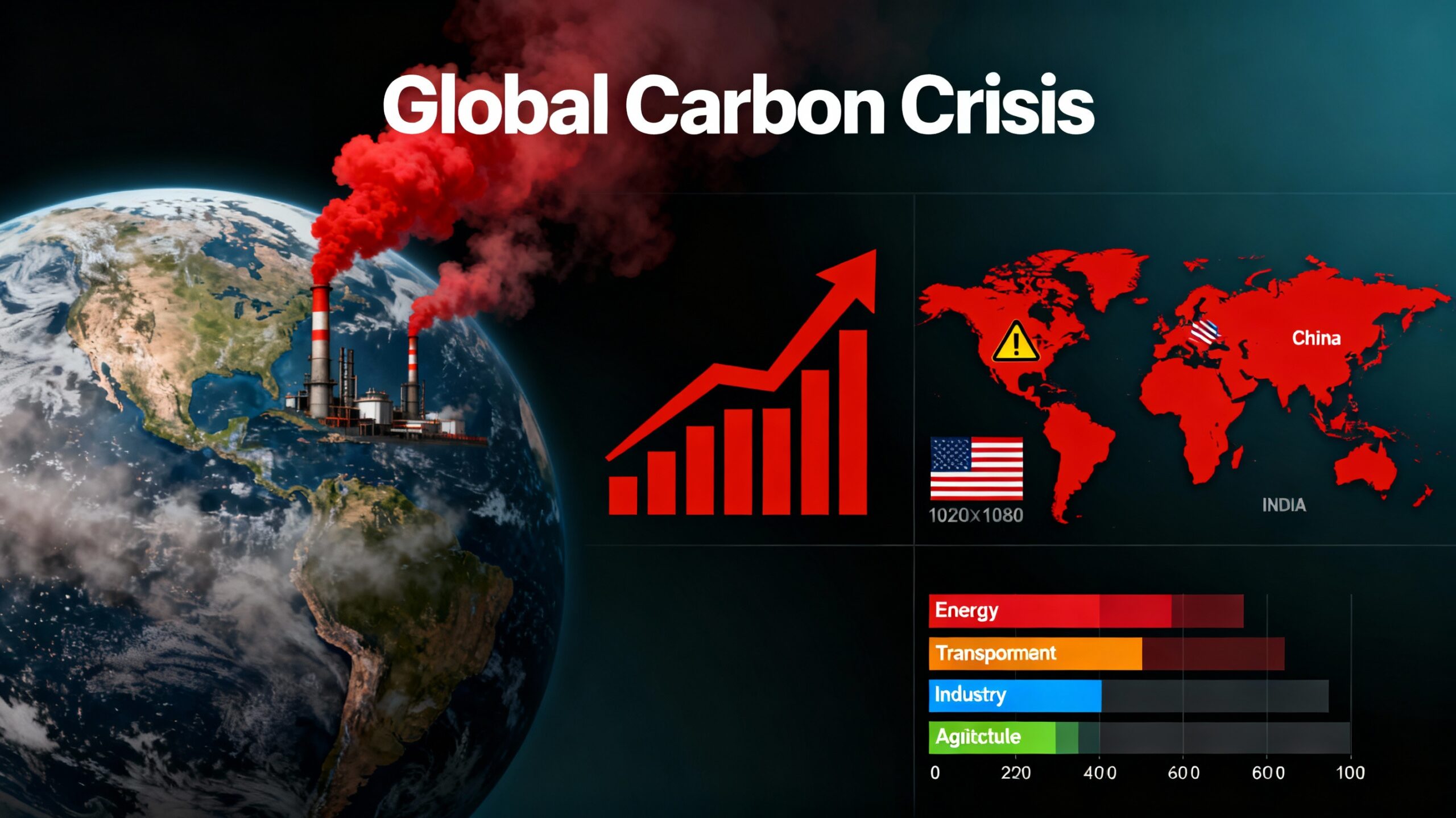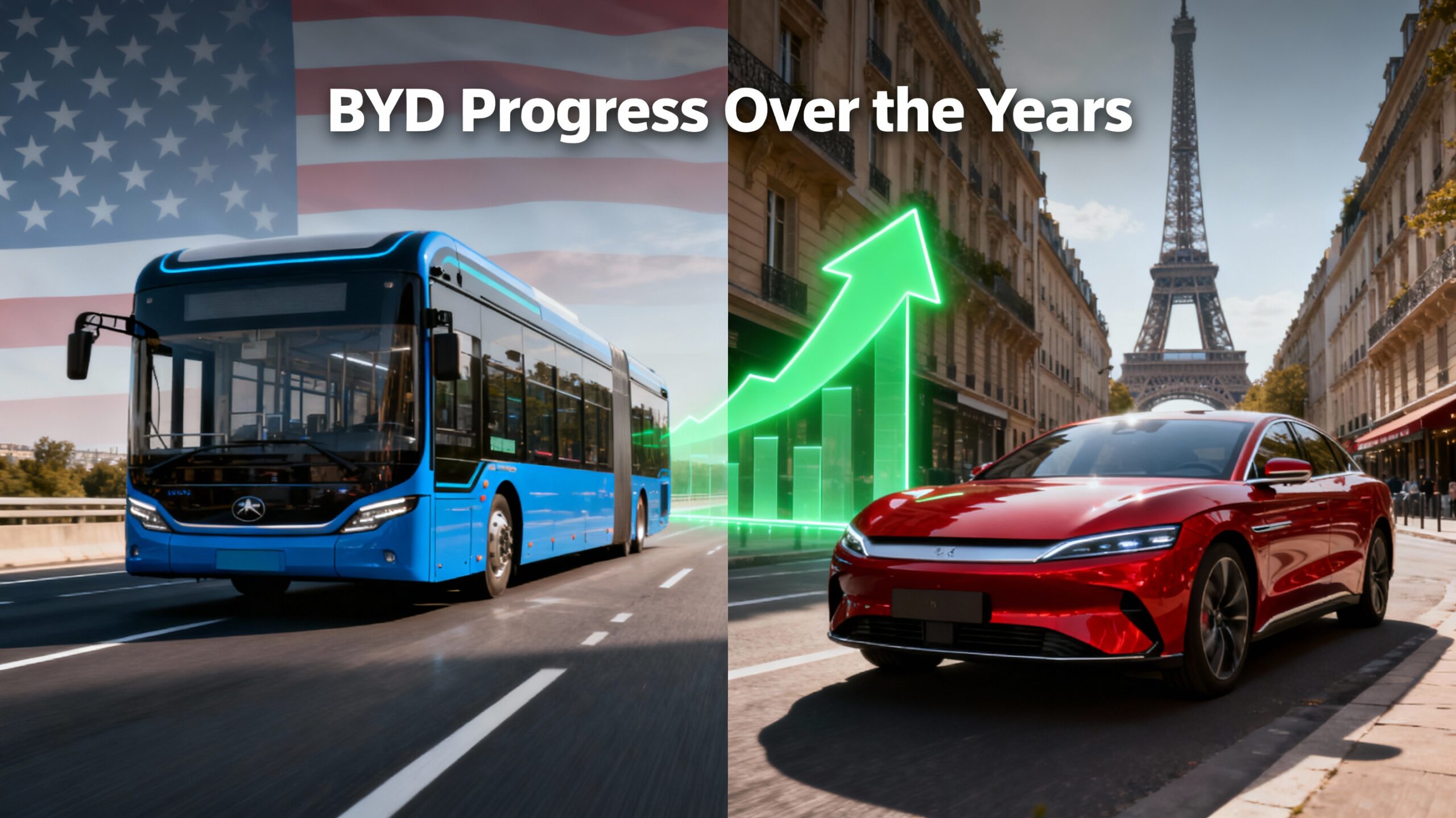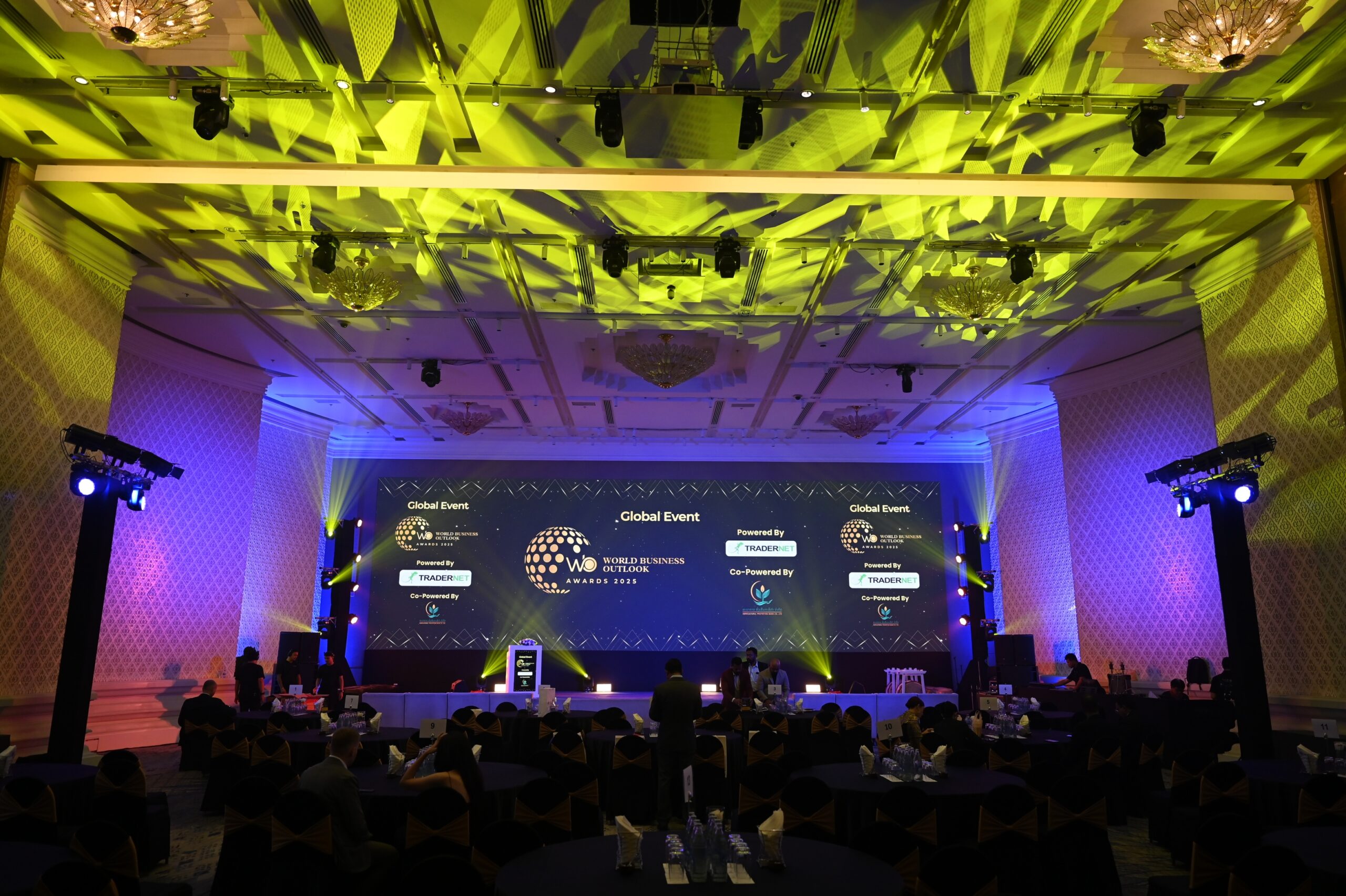Power System Restructuring refers to the changing the way of commercialization of the existing power system to a completely new way to bring more transparency and competition in the power sector to get customers a cost effective and better power supply.
Conventional Power System Structure
- The conventional power system industry operates in a vertical structure i.e. Generation, Transmission, Distribution owned or monopolized by the power companies which are regulated through government only.
- all the three entities are controlled and regulated by the government.
- earlier power sector was regulated by the government so customers were imposed a set of regulations to follow, they don’t have any options.
however, the monopolized structure could not provide the customers efficient services and cost effective such as in other sectors like telephone, gas, transportation.
later soon the power sector decided to restructure the power system in order to provide efficient power and cost effective to the customers.
A competition was established for the customers to choose suppliers out of various available options and if they are not willing to continue, they have the option of shifting to the other power supplier.
Unbundling Genertaion, Transmission and Distribution
In order to bring in the competition utilities companies were required to unbundle their structure into individual Generation, transmission, distribution,
Now in the new system private players can come into the competition and generate their own power and sell it to the customers in this way there is no more a monopoly of the government generation.
The main idea behind bringing the private players in the market is to provide the cheaper and cost effective power to the consumers specifically to low and medium business. the process of unbundling is also called as Deregulation.
Benefits of Deregulation in power system
Significant benefits of deregulating power industry includes
- Cheaper electricity: in a competitive environment the more is the cheaper product the more is the profit, so to get more profits the utility company’s tends to reduce their cost of their services in this way consumer gets benefited.
- Multiple options: Consumer has the option has to shift from one generator to another if they didn’t like their services or the cost is relatively high, in this way consumer don’t have to depend on single generator. this also allows generators to maintain the markets standards.
- Customer Centric service: consumers will get better services in a deregulated market as compared to monopolized market.
- Innovation: due to the lack of competition electric utilities do not had a room for improvement they didn’t had the reason to innovate their current system but in deregulated system to be in the market competent companies have to innovate and attract the customer towards them.
Components of Restructured power system
the main components of the deregulated system includes GENCO’s (generation company’s), PX (Power exchange), SC (Scheduling coordinates), ISO (independent system operator), AS (ancillary service), RSP (retail service provider), DISCO’s (distribution company’s).
- GENCO: Generation company are those owns the generators and thus are the producers of electricity.
- DISCO: Distribution company distribute the power to the consumers generated by the GENCO.
- PX: this is a market place where business takes place between companies and consumers such as small industries and medium loads consumers. contracts between the parties made on the points such as quality, availability, duration of the product and its price, this market place is also called as spot price pool.
- PX market place permits different participants to sell and buy the energy and other services in a quantitative ways based on quantity and price.
- RSP: this includes retailers, brokers, load aggregator, co-generator, these are the negotiators that makes purchase happens of electric power to the consumers.
- SC: these generates trading between generators and consumers as an intermediate between ISO, retailers and customers. SC submits balanced schedule and provides settlements ready data to ISO. SC provides ISO customer load behavior data and ISO decides whether congestion can happen or not.
- ISO: ISO guarantees the independent operation of the grid, ISO is an independent body and ensures a fair and non discriminatory access to transmission services and ancillary services. ISO is independent of transmission owners and generators and end users. ISO matches the demand with supply to ensure reliability. ISO should have control over the operation of interconnected transmission facilities within its region.
- TRANSCO: these are the company that provides services for transmission of power for long distances.
- AS: these are the services that supports transmission of power from resources to loads. these includes the infrastructure that are needed for reliable power transmission and are important assets of power system.




